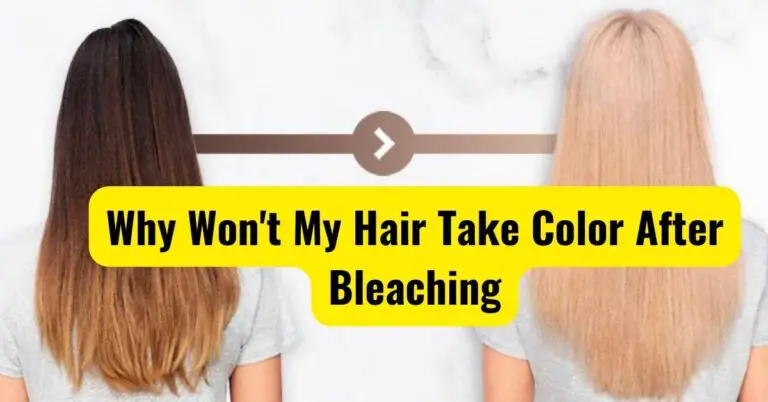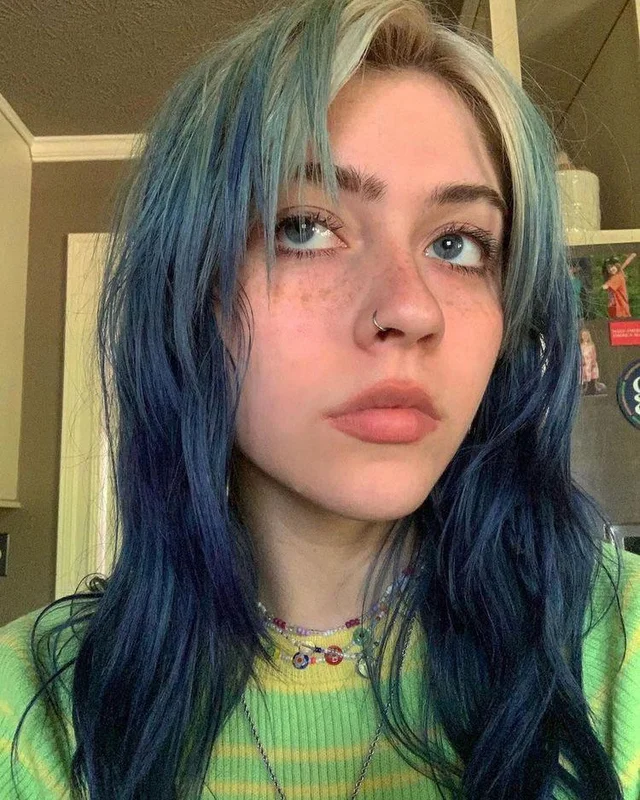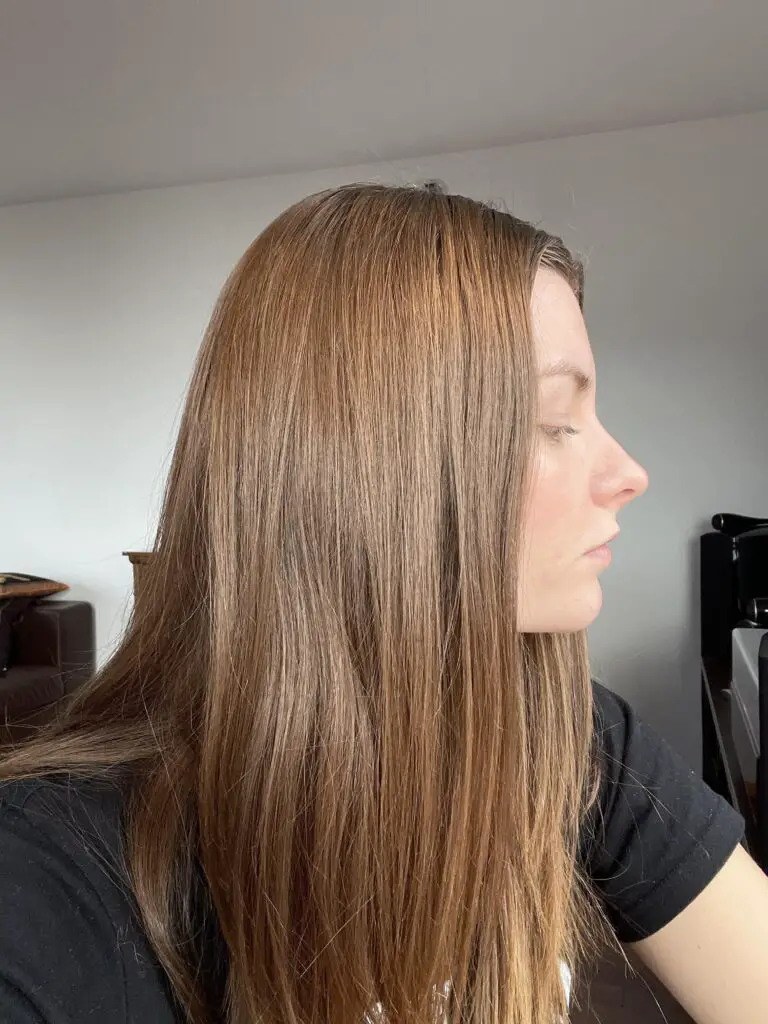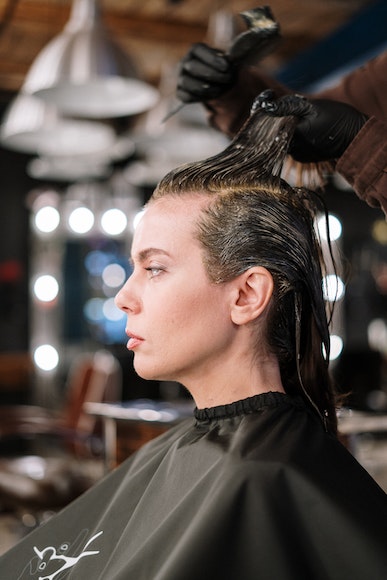Bleached Hair Getting Darker: Here’s the Reason and What You Can Do
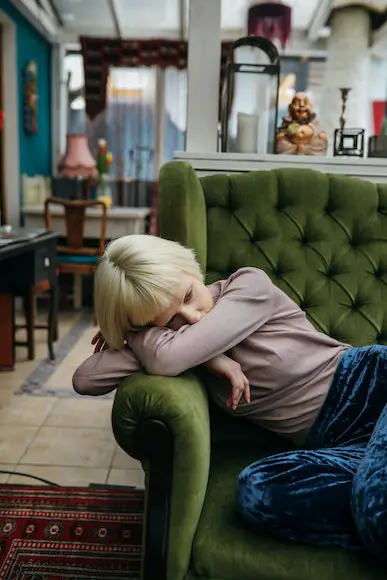
When it comes to hair transformations, bleaching is one of the most dramatic ways to change your look.
It’s a process that can give you a fresh, vibrant appearance. But have you noticed your bleached hair getting darker over time and wondered why this happens?
In this blog post, we’ll explore what hair bleaching is, whether bleached hair goes back to its original color, and the reasons behind bleached hair getting darker. We’ll also talk briefly about why bleached roots won’t take color.
What is Hair Bleaching and How it is Done

Hair bleaching is a chemical process that strips the color from your hair, lightening it significantly.
This process involves the use of a product containing bleach powder and developer, which opens up the hair cuticle and removes the color from the hair shaft.
The bleach essentially de-colorizes your hair, turning it a light yellow or white, depending on how long the bleach is left on and the natural color of your hair.
Does Bleached Hair Go Back to Original Color
A common misconception about bleached hair is that it will eventually revert back to its original color.
In reality, once your hair has been bleached, it does not go back to its original color.
The bleach permanently alters the structure of your hair strands and removes the pigment. However, as your hair grows, the new growth will be your natural color, leading to roots that are darker than the bleached portions.
Bleached Hair Getting Darker: Here’s the Reason
Now, if you’ve noticed your bleached hair getting darker, there are a few reasons why this might happen:
- New hair growth: As mentioned, your new hair will grow in your natural color, which can make your hair seem darker overall, especially if you have dark hair naturally.
- Product build-up: Certain hair products, like shampoos, conditioners, and styling products, can leave residue on your hair over time. This build-up can make your hair appear darker than it is.
- Environmental factors: Exposure to sun, chlorine, or hard water can also alter the color of your bleached hair, often making it seem darker or brassy.
- Hair’s natural oxidation: Over time, bleached hair can undergo a process called oxidation, which can cause it to darken. This is a natural reaction between the hair and the oxygen present in the air and water.
Why Bleached Roots Won’t Take Color
Bleaching your hair can be a tricky process, and sometimes you may find that your bleached roots refuse to take color, leaving you with an undesired result.
Don’t worry; you’re not alone in facing this challenge.
Reason why bleached roots won’t take color
There could be several reasons why your bleached roots won’t take color, including:
- Hair porosity: Over-bleaching can make your hair overly porous, causing the hair shaft to be unable to hold onto color molecules. This results in the color fading quickly or not taking at all.
- Insufficient processing time: If you don’t allow the hair dye enough time to process, it may not have enough time to penetrate the hair shaft properly, leading to poor color uptake.
- Incorrect dye formulation: Using a hair dye with the wrong developer or not following the mixing instructions accurately can lead to poor color results.
- Mineral buildup: Minerals from hard water, swimming pools, or hair products can accumulate on your hair and create a barrier, preventing the color from penetrating the hair shaft.
How do you fix it
To fix the issue of bleached roots not taking color, consider the following solutions:
- Deep conditioning treatment: Before dyeing your hair, use a deep conditioning treatment to help restore moisture and improve hair porosity. This will help the hair better absorb the color.
- Clarifying shampoo: Wash your hair with a clarifying shampoo to remove mineral buildup and product residue, creating a clean slate for the hair dye to penetrate.
- Choose the right dye formulation: Ensure you’re using the correct hair dye formulation for your hair type and follow the manufacturer’s instructions for mixing and application.
- Allow sufficient processing time: Follow the recommended processing time on the hair dye package to ensure adequate color penetration.
Do these things to fix badly bleached hair
If you’ve ended up with badly bleached hair, consider these tips for damage control:
- Use a protein treatment to strengthen your hair and restore its structure.
- Deep condition your hair regularly to help retain moisture and improve hair health.
- Trim damaged ends to prevent further breakage and split ends.
- Avoid heat styling and chemical treatments until your hair has recovered.
- Consult a professional hairstylist for personalized advice and possible corrective color treatments.
Yellow roots after bleaching: Here’s the reason and way to fix it
Yellow roots after bleaching can be caused by the hair not being lightened enough or by underlying pigments in the hair. To fix yellow roots, you can:
- Apply a purple or blue toner to neutralize the yellow tones, depending on the level of lightening achieved.
- Use a purple or blue shampoo and conditioner regularly to maintain the toning effect.
- If the yellow roots are due to insufficient lightening, consult a professional hairstylist for advice on further bleaching or corrective color treatments.
Conclusion
In conclusion, while bleached hair can seem to get darker over time due to various factors, remember that it won’t return to its original color without dyeing it back. Taking care of your bleached hair and using the right products can help maintain your desired shade longer.

